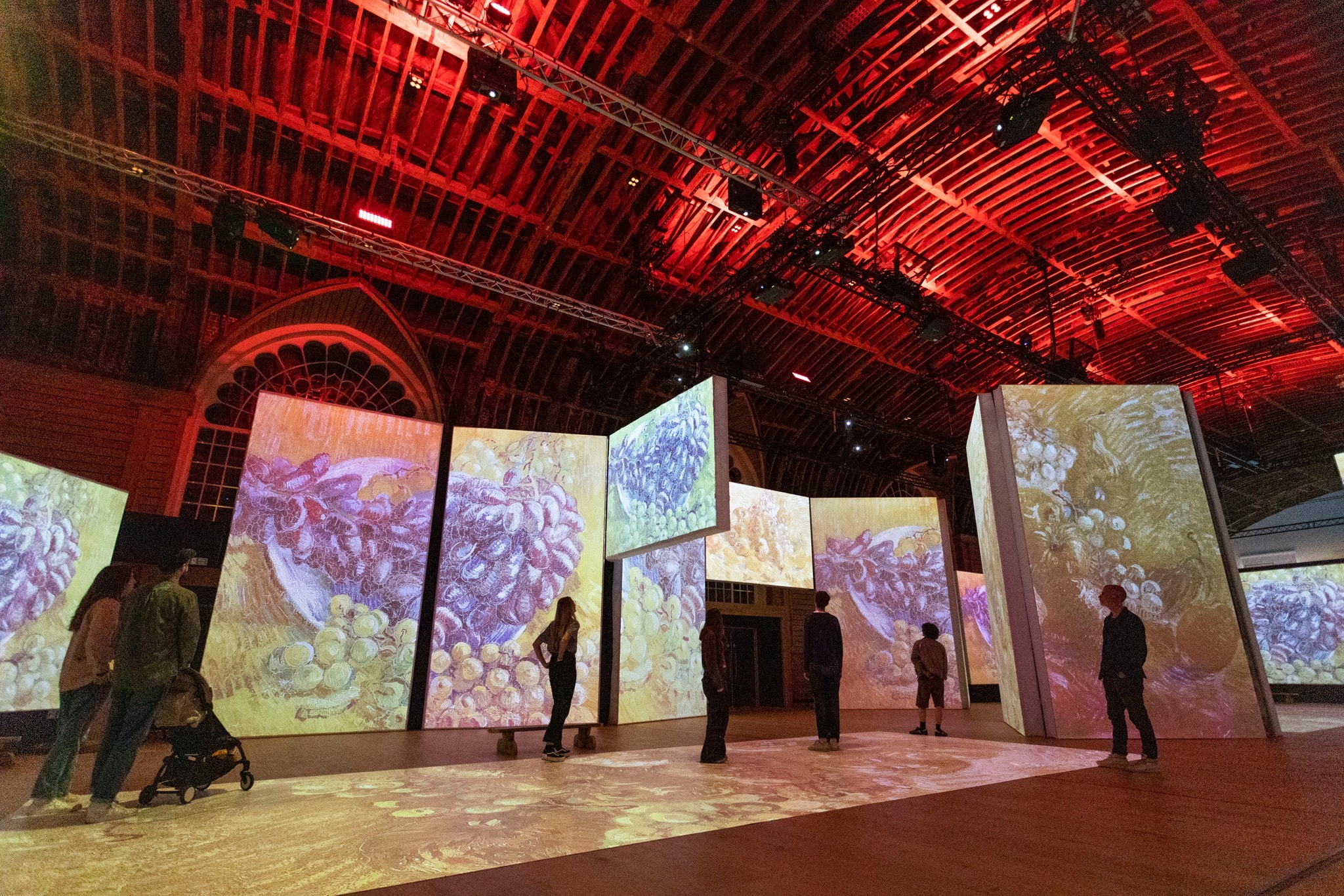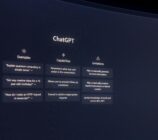Words: Belinda Connolly
American business theorist Jeffrey Pfeffer once said, “Being memorable equals getting picked.” When it comes to getting audiences to feel positive about and loyal to your brand, there’s no advice more important. So, how do you achieve this? With experiential marketing.
Also known as engagement or event marketing, experiential marketing uses audience interaction and immersive experiences to bring a brand’s vision to life and inspire participants. This style of marketing isn’t about selling a product: it’s all about making a real, lasting impact and creating an emotional and memorable connection.
When done right, experiential marketing will have your customers and prospects telling others about their experience and amplifying your messaging, both online and offline. Customers love this style of brands sharing their ethos in an authentic way. Indeed, people who enjoy an experiential marketing event are 74 percent more likely to make a purchase.
The good news is that planning an experiential marketing strategy can be lots of fun – the more vivid your imagination, the better the results. Here’s our overview of everything you need to launch an experiential marketing campaign that creates cut-through and leaves audiences talking.
Cross-section of an experiential marketing campaign
A winning experiential marketing campaign must comprise the following characteristics:
- Be engaging and memorable: Immerse customers in a memorable experience that goes beyond traditional forms of advertising. By creating interactive and sensory experiences, businesses can leave a lasting impression on consumers, increasing brand recall and engagement.
- Have an emotional connection: By creating experiences that evoke positive emotions such as joy, excitement, or surprise, businesses can forge a deeper connection with their target audience, leading to stronger brand loyalty and advocacy.
- A strong point of differentiation: Unique and interactive experiences allow businesses to stand out from the competition. This helps attract new customers, retain existing ones and increase market share.
- Word-of-mouth marketing: When customers have a positive and memorable experience, they are more likely to share it with others, both online and offline. This organic promotion can amplify the reach of a marketing campaign and generate valuable social proof for the brand.
- Authentic brand storytelling: By creating experiential activations aligned with their brand values, businesses can communicate their message, personality and purpose effectively, fostering a deeper connection with consumers.
- Built on data and insights: Through registrations, surveys, or interactive elements, businesses can gather information about consumer preferences, behaviour and feedback, enabling refinement of marketing strategies and improving future campaigns.
- Builds brand loyalty and advocacy: When customers have positive interactions with a brand, they are more likely to become loyal customers and brand advocates who actively promote the brand to others, leading to long-term business growth.
Examples of experiential marketing
Global brands such as Airbnb, Red Bull and the NBA are just some of the big players who regularly create events that achieve cut-through and massive ROI, especially on social media.
Pixar Putt is a fun Disney-themed putt-putt golf event that travels around the world, bringing some of the famed Disney magic wherever it lands. Currently in Darwin, and previously in Sydney, the interactive putt-putt course is inspired by the stories, characters, and icons from some of Pixar’s most beloved films including Toy Story, Cars, Monsters Inc., The Incredibles, and Soul. Participants are sharing selfies from the course and creating demand for the event. It is almost inevitable that they will go home and watch their fav Pixar flick on Disney+ after the game, too.
You may have also seen the stunning Monet & Friends immersive experience when it visited Australia in 2021. Even if you didn’t go, you doubtless saw images all over your feeds about this enormous, multi-sensory event that traced the life of artist Monet using colour, light and sound. Visitors were enveloped in the impressionist artist’s world as visuals were beamed over the walls, floors and ceilings of a large venue while music of the period set the scene. The event is still touring globally to sold out audiences, and the Australian company behind the event has expanded the offering to include other artists.
Experiential marketing on a budget
We get that not every company has the marketing budget of Disney et al. However, incorporating the key attributes of this style of marketing is easy to do. If your marketing team regularly attends trade shows, try swapping the generic booth for a more immersive experience. For example, using metaverse marketing with virtual showroom walkthroughs or product testing highlights your offering in a way that your competitors probably aren’t doing. This works for a myriad of industries including health, utilities, travel, transport and gaming.
You could even consider hosting a launch in a more intimate and immersive setting, perhaps in an event space that would be considered unexpected for your brand, but certainly memorable – and shareable on socials. The aim isn’t to make the actual point of your event secondary to the experience, but rather encourage that brand association that will encourage word-of-mouth marketing and generate some great ongoing social content that you can use to extend your promotional efforts in more authentic ways – a win-win.
By exploring experiential marketing your brand can benefit from authentic campaigns that create emotional connections while driving sales and creating loyal customers.




